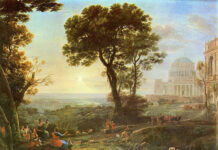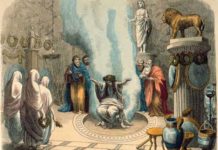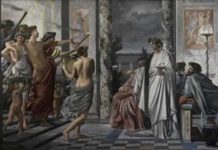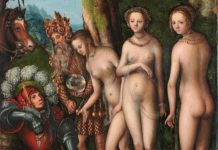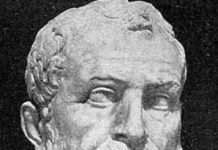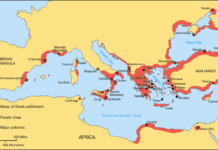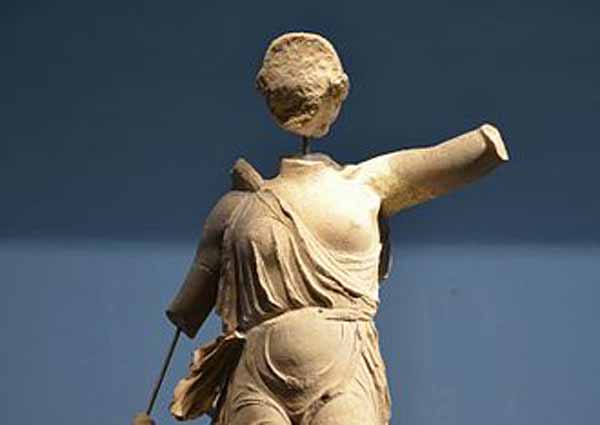
The Classical Period was the golden age of Olympia. The Olympic games, Panhellenic unity and interstate rivalry reached a peak. All found expression in art.
The fifth century BC marked the beginning of the classical period of ancient Greece and the height of Olympia’s popularity. The Greek city states, victorious after the recent Persian wars, used the sanctuary to celebrate their united defeat of the Persians.
The archaeology of the site is full of material evidence of this Panhellenic sentiment- specially crafted statues, sculpture and trophies from the war dedicated to Zeus and the Greek victory at Olympia. There are also dedications that show that, despite the heightened sense of unity, rivalry between the city states was still alive and well.
Ancient Greek Unity, the Greek Olympic Games and the End of the Persian Wars
The end of the Persian wars left the Greek city states with a sense of collective Greekness and this sentiment was commemorated at Olympia in various ways. The Olympic games of 476BC, the first since the defeat of the Persians became an occasion to celebrate the victory. No other incident of the games represents this more clearly than when Themistocles, victor of the battle of Salamis was cheered by Greeks of every state.
Finds dating to this period show that many trophies of the war were dedicated at Olympia, showing that not only the games but the sanctuary had achieved Panhellenic significance. One example is an Athenian dedication of an Assyrian helmet which is held in the museum of Olympia today.
Other finds show that votive offerings commemorating the victory were specially made. To commemorate the battle of Plataea, a huge bronze statue of Zeus was dedicated by all the participating states-with Sparta first and Athens second on the role of honour.
The temple of Zeus itself was started in 470BC and incorporates iconography in the mythical scenes of its pediments that underlines the righteousness of the Greek victory. The scenes of lapiths defeating centaurs and the victory of Pelops the founder of the Peloponnese, emphasis how the worthy always defeat the unworthy barbarians.
Classical Art and Panhellenic Rivalry
The site of Olympia in this period was covered with bronze and stone statues of victors of the games and other examples of classical sculpture. Only fragments survive today, including sculpture from the temple of Zeus and a terracotta head of Athena.
Some examples of Greek art show that unity was not the only sentiment celebrated at Olympia. The Nike of Paionis, which adorned the temple of Zeus, was dedicated by the Messenians and Naupactians in 421Bc as a thanks giving offering for their victory over the Spartans in the Archidaemean war.
Rivalry and brotherhood were celebrated equally at Olympia.
Sources
- Hornblower, S and Spawforth, A (eds) The Oxford classical Dictionary (3rd ed). Oxford: Oxford University Press
- Gates, C, 2003 Ancient Cities: The Archaeology of Urban Life in the Ancient Near East and Egypt, Greece and Rome. Routledge: London and New York
- Yalouris, A & N, 1995 Olympia: Guide to the museum and the sanctuary. Ekdotike Athenon s.a: Athens
- Photinos, S, 1983 Olympia: The complete Guide. Athens: Olympic Publications


